ID Screen® Bluetongue Competition dựa trên cơ chế ELISA cạnh tranh để phát hiện kháng thể kháng VP7 của virus gây Bệnh lưỡi xanh (BTV) trong huyết thanh hoặc huyết tương từ nhiều loài. Bộ kit ELISA ID Screen® được chuẩn hóa để phát hiện huyết thanh tham chiếu quốc tế và dễ sử dụng với hiệu suất được tối ưu hóa.
Ưu điểm nổi trội:
- Độ đặc hiệu và độ nhạy đã được chứng minh và sử dụng rộng rãi trong các đợt bùng phát gần đây
- Phát hiện kháng thể chống lại tất cả các chủng BTV, ít nhất 5-8 ngày sau khi nhiễm tự nhiên, nhờ sử dụng kháng thể đơn dòng chống lại protein VP7 có tính bảo tồn cao
- Dễ sử dụng: chỉ một bước rửa, có kết quả sau 90 phút
Đặc tính kỹ thuật:
| Thông số |
Nội dung |
| Phương pháp |
ELISA gián tiếp |
| Loài |
Nhiều loài, bao gồm cừu, dê, gia súc, trâu, hươu và những loài khác |
| Nền mẫu |
Huyết thanh và Huyết tương |
| Kháng nguyên phủ giếng |
VP7 tái tổ hợp |
| Kháng thể cộng hợp |
Kháng thể kháng VP7 cộng hợp -HRP (nồng độ 10X) |
Thông tin đóng gói sản phẩm:
| Mã sản phẩm |
Đóng gói |
Số lượng phản ứng |
Dạng đĩa |
| BTC-5P |
5 đĩa |
480 |
12 x 8 giếng |
| BTC-10P |
10 đĩa |
960 |
12 x 8 giếng |
Tài liệu tham khảo:
BTV ANTIBODY DETECTION (UNIDENTIFIED SEROTYPES)
CATTLE AND SMALL RUMINANTS
- Puri B. et al. (2022). Seroprevalence of bluetongue disease among domestic ruminants raised in International Border Areas of Nepal. Sarhad Journal of Agriculture, 38(2), 555-562.
- Douangngeun B. et al. (2016). Seroprevalence of Q fever, brucellosis, and bluetongue in selected provinces in Lao People’s Democratic Republic. The American journal of tropical medicine and hygiene, 95(3), 558.
SMALL RUMINANTS
- Daif S. et al. (2022). Serological and molecular prevalence study of bluetongue virus in small domestic ruminants in Morocco. Scientific Reports, 12(1), 1-11.
- Haile T. et al. (2022). Seroprevalence of Bluetongue Virus Antibodies in Ovine in Maji District of West Omo Zone, Southwest Ethiopia. Veterinary Medicine: Research and Reports, 13, 257-264.
- Munmun T. K. et al. (2022). Seroprevalence and risk factors of bluetongue virus in sheep of Chattogram, Bangladesh. Veterinary World, 15(6), 1589.
- Abera T. et al. (2018). Bluetongue disease in small ruminants in southwestern Ethiopia: cross-sectional sero-epidemiological study. BMC Research Notes, 11(1), 1-6.
- Malik A. I. et al. (2018). Sero-epidemiology of bluetongue virus (BTV) infection in sheep and goats of Khyber Pakhtunkhwa province of Pakistan. Acta Tropica, 182, 207-211.
BTV ANTIBODY DETECTION (MULTI SEROTYPES)
CATTLE
- Dommergues L. et al. (2019). Evidence of bluetongue and Epizootic Haemorrhagic disease circulation on the island of Mayotte. Acta Tropica, 191, 24-28.
- Viarouge C. et al. (2014). Identification of bluetongue virus and epizootic hemorrhagic disease virus serotypes in French Guiana in 2011 and 2012. Veterinary Microbiology, 174(1-2), 78-85.
CATTLE AND SMALL RUMINANTS
- Chambaro H. M. et al. (2020). Co-Circulation of Multiple Serotypes of Bluetongue Virus in Zambia. Viruses, 12(9), 963.
- Batten C. A. et al. (2008). Bluetongue virus: European Community inter-laboratory comparison tests to evaluate ELISA and RT-PCR detection methods. Veterinary Microbiology, 129(1-2), 80-88.
SMALL RUMINANTS
- Sohail T. et al. (2018). Seroprevalence of Bluetongue Virus in small ruminants in Balochistan province, Pakistan. Transboundary and emerging diseases, 65(5), 1272-1281.
- Kamar D. et al. (2015). Bluetongue virus in Morocco from 2004-2012. J. Anim. Health Prod, 3(3), 48-53.
CAMELS
- Shabbir M. Z. et al. (2020). Sentinel surveillance of selected veterinary and public health pathogens in camel population originating from Southern Punjab province, Pakistan. Acta Tropica, 205, 105435.
BTV1 ANTIBODY DETECTION
- Corbière F. et al. (2012). Bluetongue virus serotype 1 in wild ruminants, France, 2008–10. Journal of wildlife diseases, 48(4), 1047-1051.
- Meyer G. et al. (2009). Lethal bluetongue virus serotype 1 infection in llamas. Emerging infectious diseases, 15(4), 608-610.
BTV3 ANTIBODY DETECTION
- Holwerda M. et al. (2023). Emergence of bluetongue virus serotype 3 in the Netherlands in September 2023. bioRxiv (2023): 2023-09.
- Ahmed S. et al. (2019). Presence of bluetongue and epizootic hemorrhagic disease viruses in Egypt in 2016 and 2017. Infection, Genetics and Evolution, 73, 221-226.
BTV4 ANTIBODY DETECTION
- Sailleau C. et al. (2018). Complete genome sequence of bluetongue virus serotype 4 that emerged on the French island of Corsica in December 2016. Transboundary and emerging diseases, 65(1), e194-e197.
- Katsoulos P. D. et al. (2016). Epidemiological characteristics and clinicopathological features of bluetongue in sheep and cattle, during the 2014 BTV serotype 4 incursion in Greece. Tropical Animal Health and Production, 48(3), 469-477.
BTV8 ANTIBODY DETECTION
CATTLE
- Bournez L. et al. (2018). Estimation of French cattle herd immunity against bluetongue serotype 8 at the time of its re-emergence in 2015. BMC Veterinary Research, 14(1), 1-11.
- Courtejoie N. et al. (2018). Circulation of bluetongue virus 8 in French cattle, before and after the re‐emergence in 2015. Transboundary and emerging diseases, 65(1), 281-284.
- Vitale N. et al. (2016). Factors Affecting Seroconversion Rates in Cattle Vaccinated with Two Commercial Inactivated BTV‐8 Vaccines Under Field Conditions. Transboundary and emerging diseases, 63(2), 175-183.
- Niedbalski W. (2011). Evaluation of commercial ELISA kits for the detection of antibodies against bluetongue virus. Polish Journal of Veterinary Sciences.
SMALL RUMINANTS
- Hilke J. et al. (2019). Presence of Antibodies against Bluetongue Virus (BTV) in Sheep 5 to 7.5 Years after Vaccination with Inactivated BTV-8 Vaccines. Viruses, 11(6), 533.
CATTLE AND SMALL RUMINANTS
- Toussaint J. F. et al. (2007). Bluetongue in Belgium, 2006. Emerging Infectious Diseases, 13(4), 614.
CAMELIDS
- Schulz C. et al. (2012). Experimental infection of South American camelids with bluetongue virus serotype 8. Veterinary Microbiology, 154(3-4), 257-265.
WILDLIFE
- Jauniaux T. P. et al. (2008). Bluetongue in Eurasian lynx. Emerging Infectious diseases, 14(9), 1496.
BTV14 ANTIBODY DETECTION
- Koltsov A. et al. (2020). Identification and characterization of Bluetongue virus serotype 14 in Russia. Frontiers in Veterinary Science, 7, 26.
ATYPICAL BTV (BTV25-26-27-28)
- Sana K. et al. (2022). Risk‐based serological survey of bluetongue and the first evidence of bluetongue virus serotype 26 circulation in Tunisia. Veterinary Medicine and Science.
- Bumbarov V. et al. (2020). Characterization of bluetongue virus serotype 28. Transboundary and emerging diseases, 67(1), 171-182.
- Ries C. et al. (2020). Isolation and cultivation of a new isolate of BTV-25 and presumptive evidence for a potential persistent infection in healthy goats. Viruses, 12(9), 983.
- Bréard E. et al. (2018). Bluetongue virus serotype 27: Experimental infection of goats, sheep and cattle with three BTV‐27 variants reveal atypical characteristics and likely direct contact transmission BTV‐27 between goats. Transboundary and emerging diseases, 65(2), e251-e263.

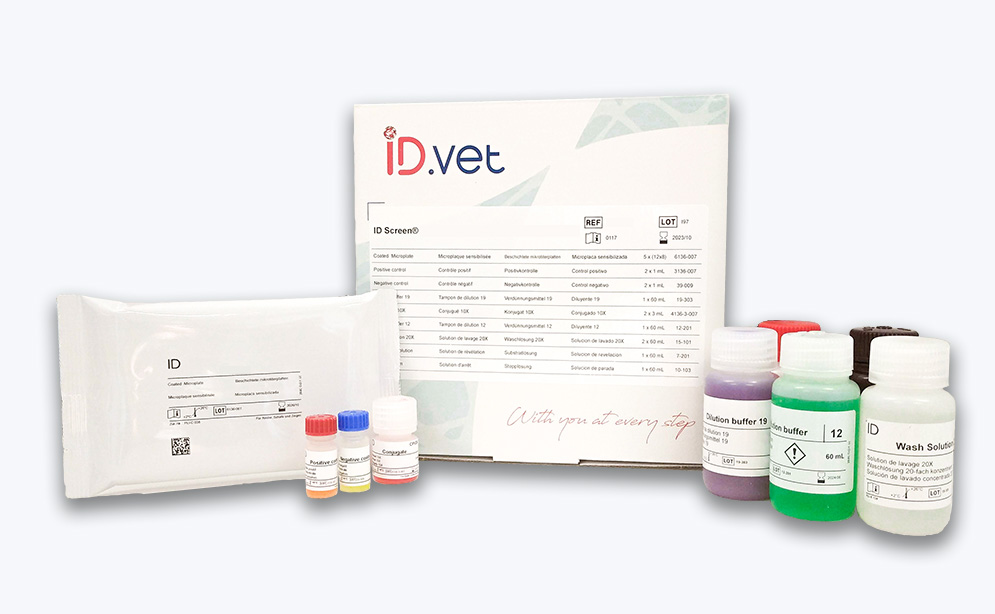
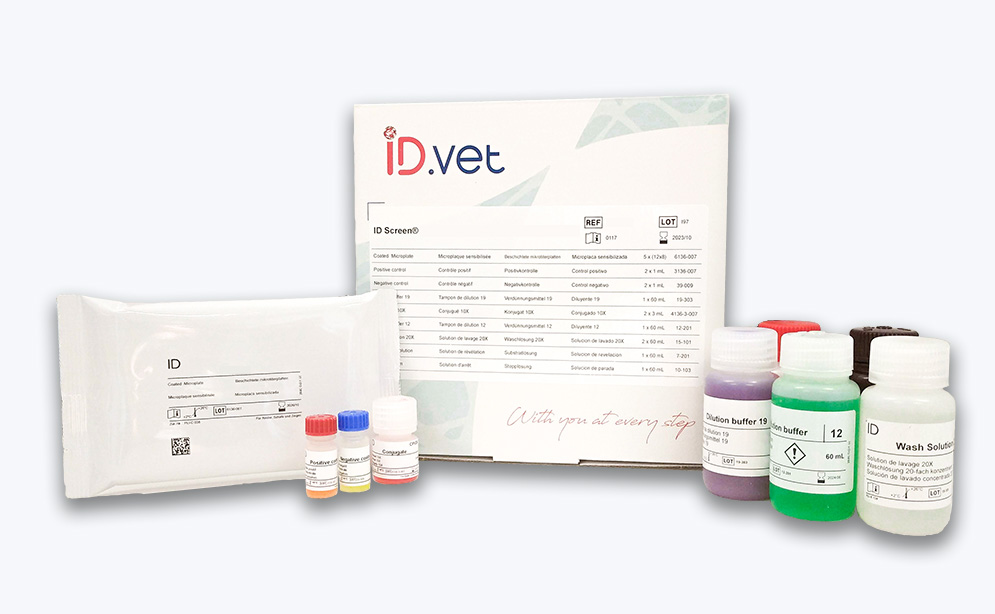
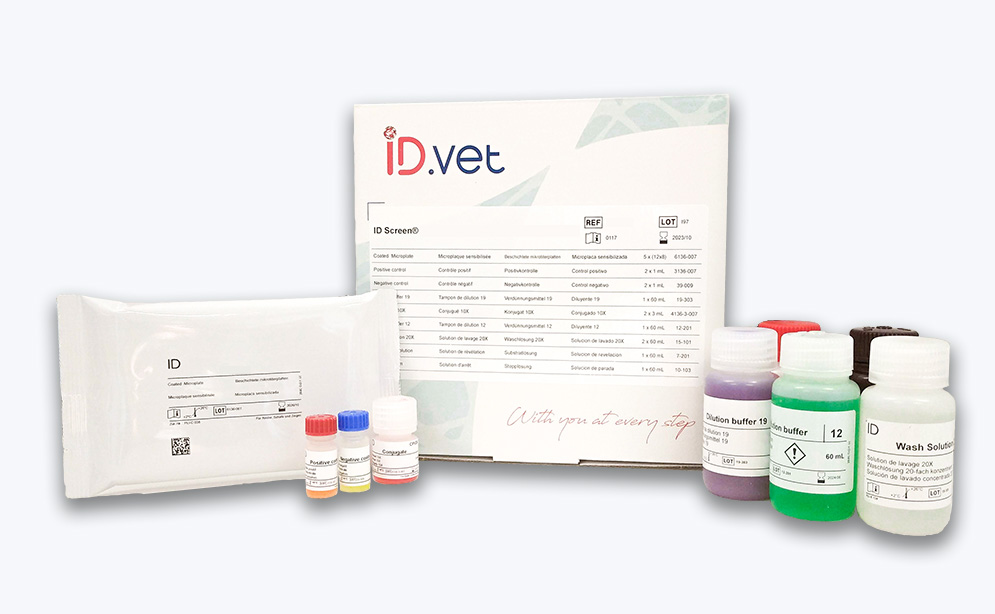
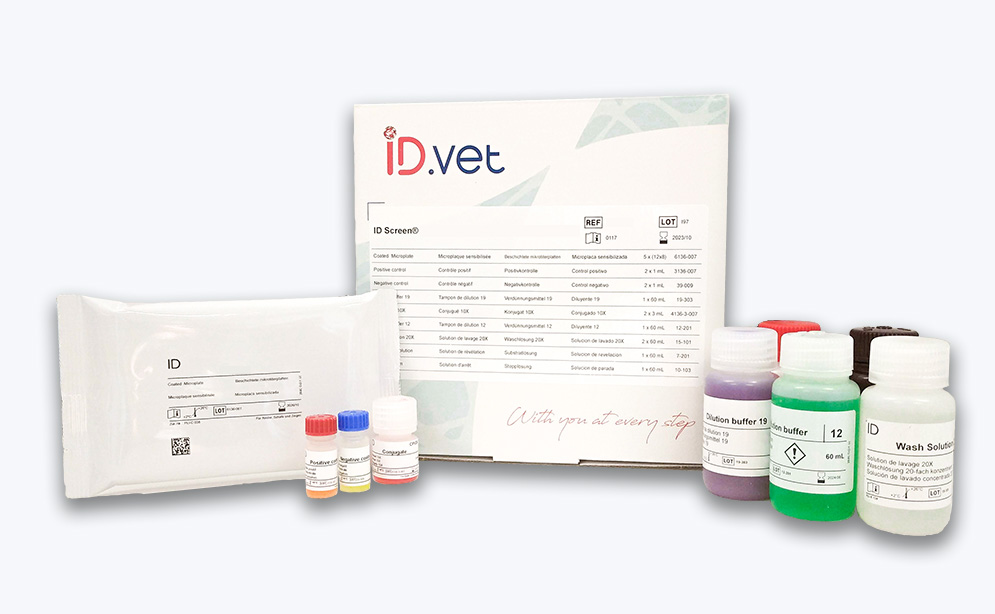
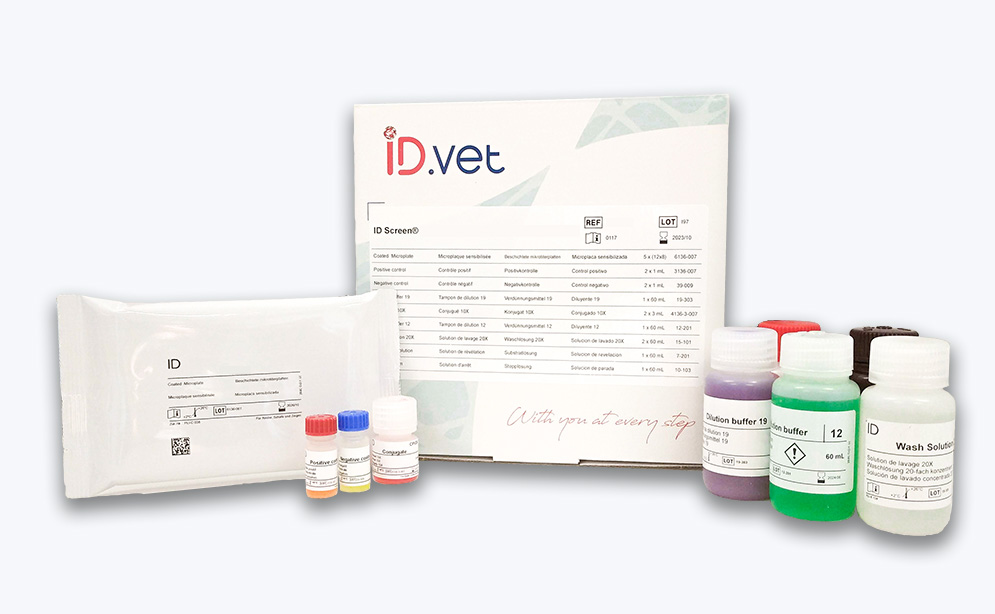








_22.png)
